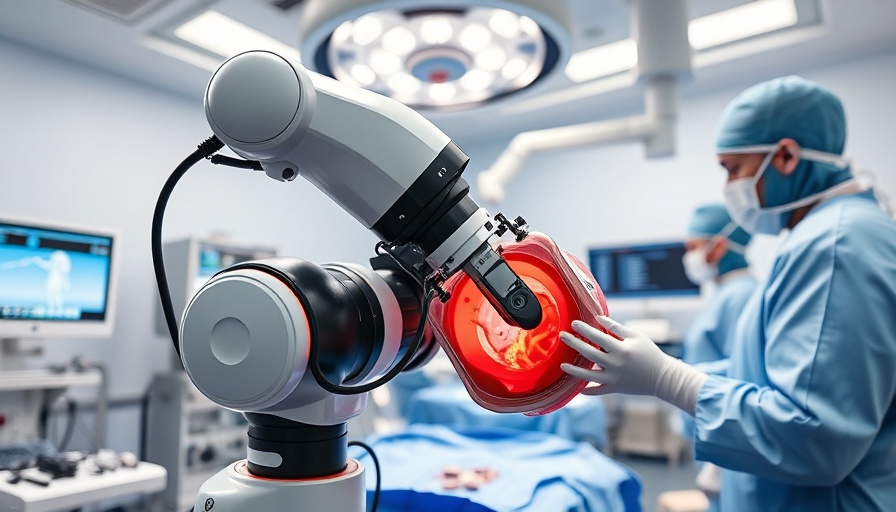
Understanding Robotic Hernia Repairs
As robotic surgery technology expands into various fields, its role in hernia repairs is currently under scrutiny. While many believe robotic systems offer distinct advantages over traditional laparoscopic and open surgical methods, new findings suggest that we might still be experiencing a learning curve similar to that seen with laparoscopic techniques in their early adoption.
Current Analysis of Surgical Techniques
A study led by Dr. Brian Fry at the University of Michigan examined Medicare patients who underwent ventral hernia repairs using robotic, laparoscopic, and open techniques. Surprisingly, the findings revealed that robotic repairs resulted in higher hernia recurrence rates—1.1% more than laparoscopic and 0.7% more than open surgeries—over a ten-year period. This raises concerns about whether the perceived benefits of robotic surgery truly translate into better long-term patient outcomes.
Potential Downsides of Robotic Surgery
Despite the allure of robotic systems, they come with significant costs and longer procedure times. While these machines provide enhanced visualization and ergonomics for surgeons, the question remains: do they offer sufficient clinical advantages to justify a shift in practice? Early robotic surgeries saw promise in reducing recovery times due to fewer and smaller incisions; however, the higher recurrence rates may counteract those initial benefits.
Is Robotic Surgery Worth the Investment?
Reflecting on this trend, Fry indicates that we need more comprehensive research to identify which hernia types and patient demographics could benefit from robotic repairs. Current evidence suggests that for many cases, traditional methods, particularly laparoscopic repairs, could be just as effective, if not better. This analysis sparks a pivotal discussion on the balance between innovative technology and proven surgical effectiveness.
Future of Robotic Surgery in Hernia Repair
As the debate continues around robotic surgery's effectiveness, it’s crucial for the surgical community to adapt and learn from these findings. Just as laparoscopic surgery faced its learning curve, the field may benefit from a more cautious and data-driven approach toward adopting robotics in hernia repair. The objective remains clear: enhancing patient safety and surgical outcomes through informed decisions.
 Add Row
Add Row  Add
Add 




Write A Comment